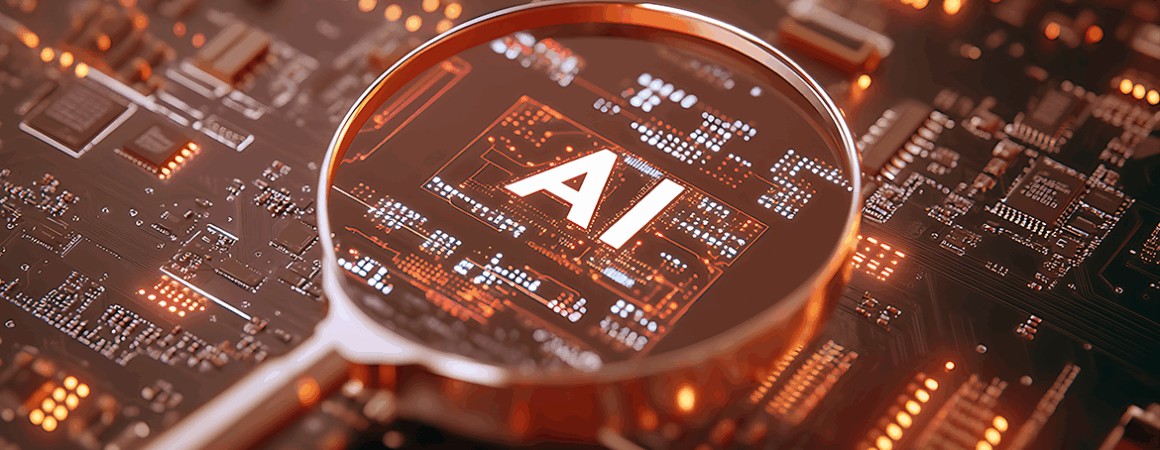As the digital landscape changes quickly nowadays, ensuring the reliability of software and manufacturing processes is more critical than ever. Thanks to generative artificial intelligence, companies now approach defect prediction and root cause analysis (RCA) differently.
This change affects many industries, from software engineering, which finds errors before deployment, to manufacturing, which finds production-line defects. With its unmatched flexibility, predictive abilities, and accessibility, Gen AI services enables teams to stop problems before they get out of hand.
Gen AI vs Traditional AI: A Leap Beyond Pattern Recognition
Traditional AI in quality control and testing often focused on pattern recognition, identifying known issues based on historical data. Vision AI, for example, excels at spotting visual defects in manufacturing, though it struggles with subtle anomalies, diverse environments, or novel fault profiles.
Generative AI moves beyond detection. It learns context, adapts to evolving patterns, and understands natural language, enabling users to interact intuitively. This makes Gen AI a powerful tool for predicting defects and analyzing their root causes more intelligently.
Gen AI in Manufacturing: Real-Time Defect Detection and RCA
Vision + Context Awareness
Where vision AI might identify a scratch or misalignment, Gen AI understands broader context, machine state, environmental variables, and historical patterns to anticipate defects that might be invisible in a single image.
Real-World Impact
- BMW implemented a digital twin of their assembly line, integrating Gen AI to monitor robotic arms and alignment sensors. This allowed simulations to pinpoint whether the issue lay in calibration or environment, reducing misalignment defects by 30% and enhancing throughput.
- Citic Pacific Special Steel is one of the biggest steel producers in China. Using Generative AI with RCA of blast furnace operations, they increased the throughput by 15% and reduced the energy consumption by 11% with the help of adaptive process control.
Continuous Learning Is Key
Such systems rely on diverse, high-quality training data and continuous learning frameworks to remain accurate amid evolving production variables.
Gen AI in Software Testing: Smarter QA Through Prediction and Explanation

Defect Prediction & RCA via Test Data
Gen AI analyzes historical test results, logs, and code changes to predict defects before release and explain why they occur. For instance, MIT CSAIL research shows defect-prediction accuracy reaches 87% when leveraging AI on past test data.
Autonomous Test Automation
- Self-healing test suites dynamically adapt to UI or code changes, reducing maintenance by up to 70%.
- NLP-powered test generation enables business users and testers to write test specifications in natural language; AI translates them into complete, executable scripts.
Metrics of Improvement
AI-assisted exploratory testing has been reported to elevate defect detection by 42%. Additional benefits include accelerated test coverage (up 35%), reduced manual effort (down 40%), and faster time-to-market overall.
Platform Examples
Platforms like ACCELQ Autopilot and Kovaion AI showcase end-to-end Gen AI capabilities, from scenario generation to maintenance and predictive defect analytics.
AI’s Role in Root Cause Analysis: Speed, Accuracy, and Insight
Manufacturing
AI-powered RCA significantly improves:
- Speed: RCA time reduced by up to 70%.
- Accuracy: Elevated from ~78% in conventional methods to 95% using AI.
- Throughput: AI processes data up to 10× faster than humans.
- Scalability: AI scales across facilities far more effectively, rated 9/10 vs 3/10 for traditional methods.
Conversational AI for RCA
Generative AI chatbots, such as those developed by Botable, may integrate data from MES, QMS, CMMS, and IoT sensors and use natural language to walk users through RCA procedures. These advantages include faster problem-solving, methodological consistency, knowledge retention, and round-the-clock accessibility.
Software Systems
AI models trained on bugs, commits, and code line changes can trace defects to specific changes, prioritizing the root causes and saving QA service teams from sifting through vast logs.
Academic Evolution
Recent research advances further enhance prediction:
- RC Detection, using relational graph neural networks, identifies root-cause deletion lines in code commits. This improves recall by ~4–5% and MFR by over 24% compared to previous methods.
- Graph-based ML approaches using developer–file contribution graphs have boosted JIT defect prediction F1 scores by 152%, reaching up to 77.55%, and improved the Matthews correlation coefficient, suggesting powerful new directions in defect detection.
- Methods like AUGER (Attention-based Self-Guided Automatic Unit Test Generation) merge defect detection with automatic test generation. It improved F1 by up to 35% and triggered far more errors than existing approaches.
Benefits and Challenges of Gen AI in Defect & RCA Systems
Benefits
- Proactivity: Predict and prevent defects before they appear in production.
- Efficiency: Dramatic reduction in testing and analysis times.
- Cost savings: Lower rework, less downtime, and reduced energy usage.
- Adaptability: Self-learning systems adapt to new conditions and use cases.
- Accessibility: Natural language interfaces democratize analysis across team roles.
- Scalability: Support multiple lines or applications consistently as complexity grows.
Challenges
- Explainability: Many Gen AI models act as “black boxes.” This lack of transparency raises trust and compliance issues, especially in regulated sectors.
- Data Quality: AI is only as good as its training data. Biased, outdated, or incomplete datasets degrade accuracy.
- Compute Resources: Training and running complex AI models demand robust infrastructure, raising cost and deployment complexity.
- Ethics and Bias: Care must be taken to mitigate unintended bias, ensure privacy (especially with sensitive or regulated data), and maintain transparency and accountability.
Implementation: A Practical Roadmap
Step 1: Assess Current Processes
Identify friction or inefficiencies in defect prediction or RCA and understand where Gen AI could make a real difference.
Step 2: Data Preparation
Secure and clean high-quality data, logs, images, historical test failures, process records, environmental metrics, etc. Label intentionally for balanced, representative training. Address privacy and bias proactively.
Step 3: Model & Platform Selection
Choose solutions aligned with your goals:
- Gen AI vision platforms for manufacturing.
- Test automation tools like ACCELQ Autopilot, Kovaion AI for defect prediction, and self-healing.
- Graph-based ML or GNN techniques (e.g., RC-Detection) for code-level RCA.
Step 4: Integration & Pilot
Integrate the AI within existing workflows, such as production lines, CI/CD pipelines, QMS/MES systems, or dashboards. Launch focused pilots to validate assumptions and optimize performance before a broad rollout.
Step 5: Validation & Governance
Implement explainability tools, evaluation metrics, and validation processes. Track KPIs: defect detection rates, downtime, energy usage, resolution time, test coverage. Ensure compliance with ethical and regulatory frameworks.
Step 6: Train Teams & Scale
Educate staff on interacting with AI interpreting outputs, trusting results, and maintaining oversight. Scale adoption once metrics and user feedback are positive.
Conclusion
Generative AI radically alters how industries approach defect prediction and root cause analysis. Gen AI makes predictive, adaptive, and intuitive systems possible, from software QA procedures to manufacturing production lines. Defect and downtime reductions, quicker testing, and more intelligent root cause identification are just a few savings.
However, careful execution, strong data strategies, ethics, openness, and human–AI collaboration are necessary to fulfill this promise. When used properly, Gen AI may be a strong, scalable, and intelligent friend, turning quality assurance from a reactive task into a proactive competitive advantage.

